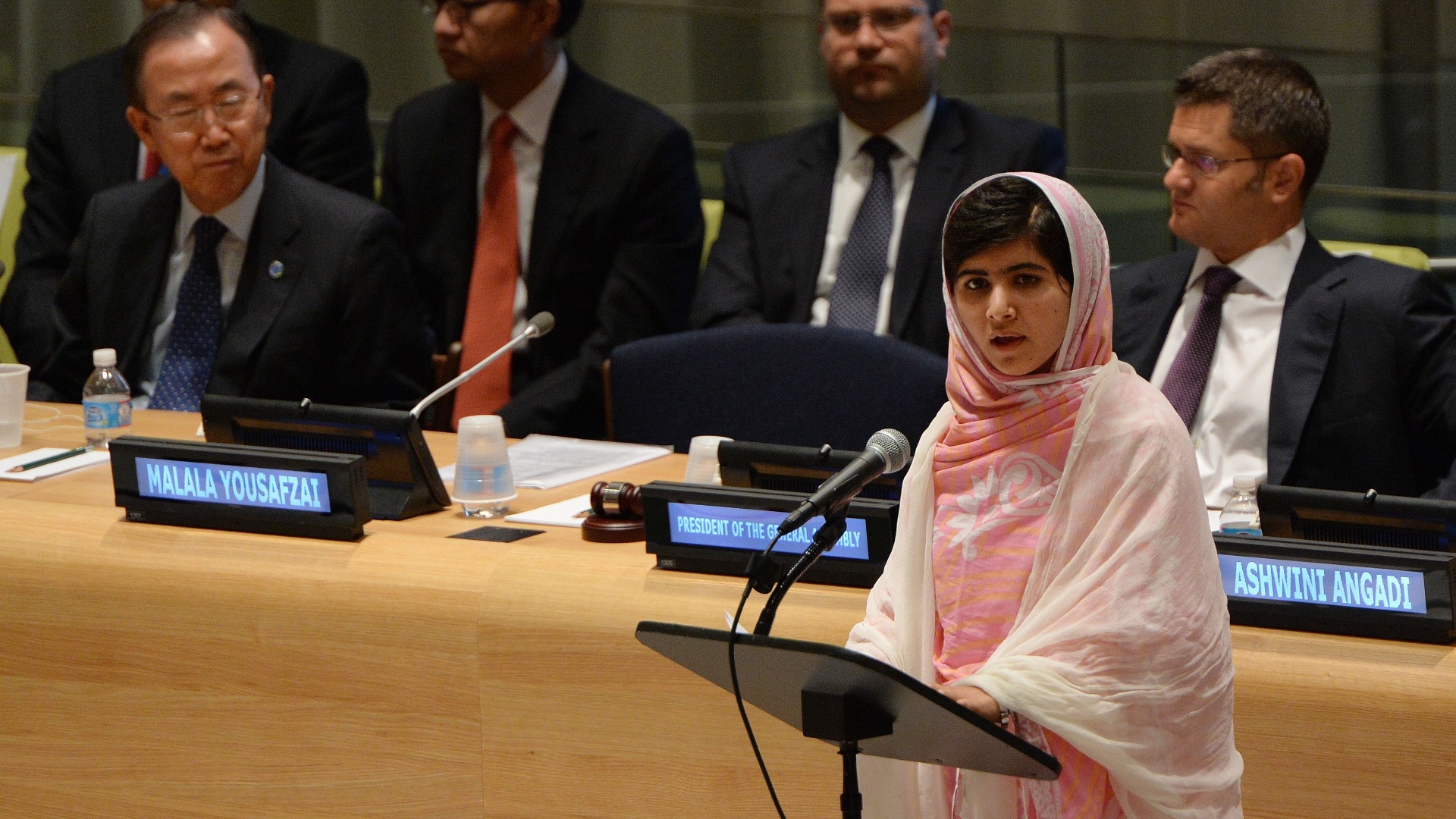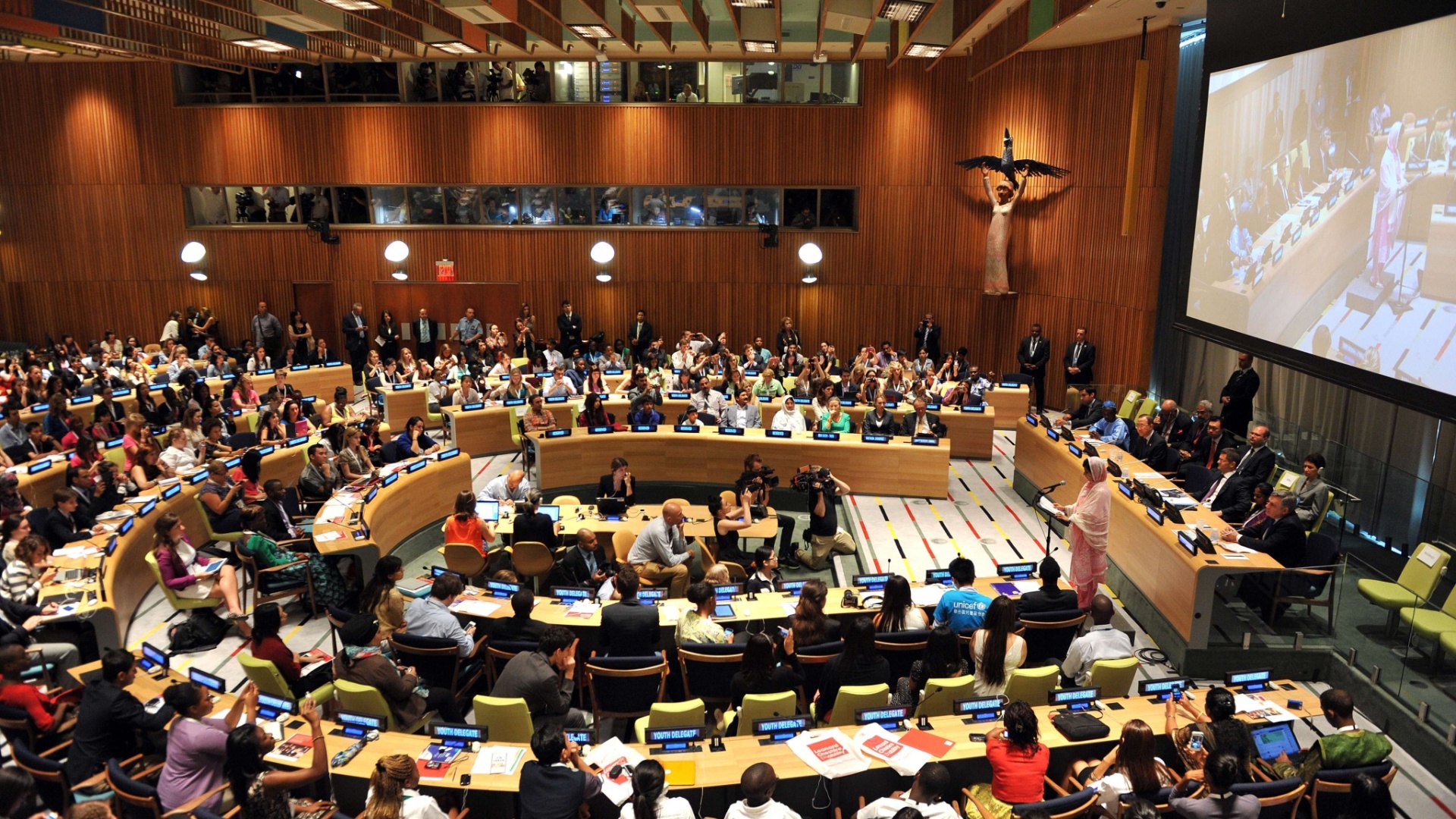ONU (Organização das Nações Unidas) - Criação e papel da instituição
A ONU (Organização das Nações Unidas) foi criada em 1945, na Conferência de São Francisco, EUA, em substituição à antiga Sociedade das Nações dissolvida neste mesmo ano. A Sociedade das Nações surgiu em 1919, após a Primeira Guerra Mundial, sob os mesmos princípios da ONU (manter a paz, a segurança e a cooperação entre as nações), mas foi impotente para impedir conflitos de grande dimensão como por exemplo a Guerra da Manchúria (Japão e China), a Guerra Civil Espanhola e a deflagração da Segunda Guerra Mundial.
A ordem mundial pós Segunda Guerra estabeleceu um novo equilíbrio de força internacional sob a hegemonia dos Estados Unidos e da União Soviética, os verdadeiros vencedores do conflito. Era necessária a construção de uma nova instituição internacional que representasse esta nova estruturação do poder mundial. A ONU cumpriu esse papel.
Internamente, a ONU é formada por seis principais órgãos, responsáveis pelas suas mais importantes atribuições e resoluções: o Conselho de Segurança, a Assembléia Geral, o Conselho de Tutela, o Secretariado, a Corte Internacional de Justiça e o Conselho Econômico e Social.
A Assembléia Geral e o Conselho de Segurança
A Assembléia Geral é representada por todos os 191 países integrantes das Nações Unidas. Ela se reúne regularmente uma vez por ano, mas pode ser convocada em situação especial, para discutir determinados temas internacionais e votar algumas resoluções colocadas à sua apreciação. A aprovação de qualquer matéria pela Assembléia Geral, depende da concordância de dois terços dos votantes.






















ID: {{comments.info.id}}
URL: {{comments.info.url}}
Ocorreu um erro ao carregar os comentários.
Por favor, tente novamente mais tarde.
{{comments.total}} Comentário
{{comments.total}} Comentários
Seja o primeiro a comentar
Essa discussão está encerrada
Não é possivel enviar novos comentários.
Essa área é exclusiva para você, , ler e comentar.
Só s do UOL podem comentar
Ainda não é ? Assine já.
Se você já é do UOL, faça seu .
O autor da mensagem, e não o UOL, é o responsável pelo comentário. Reserve um tempo para ler as Regras de Uso para comentários.